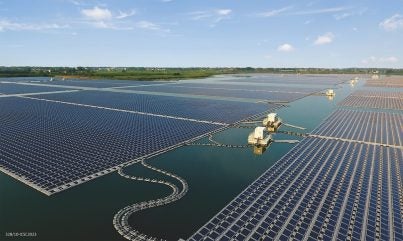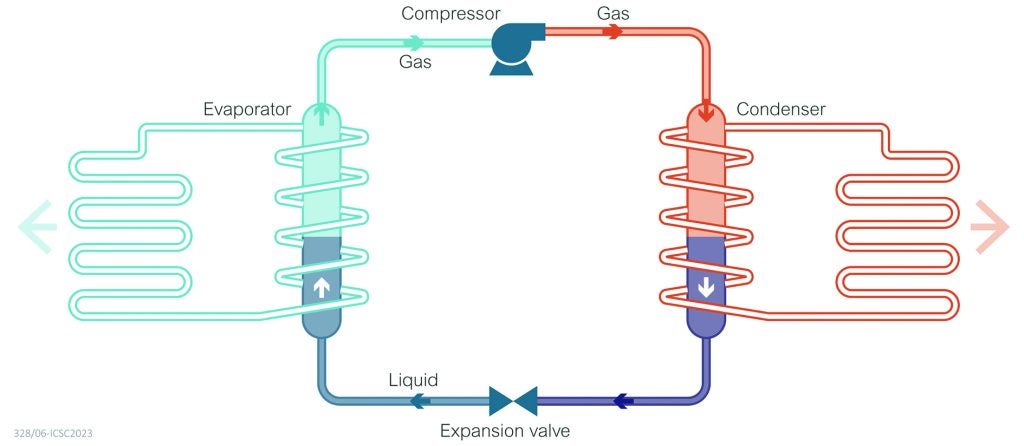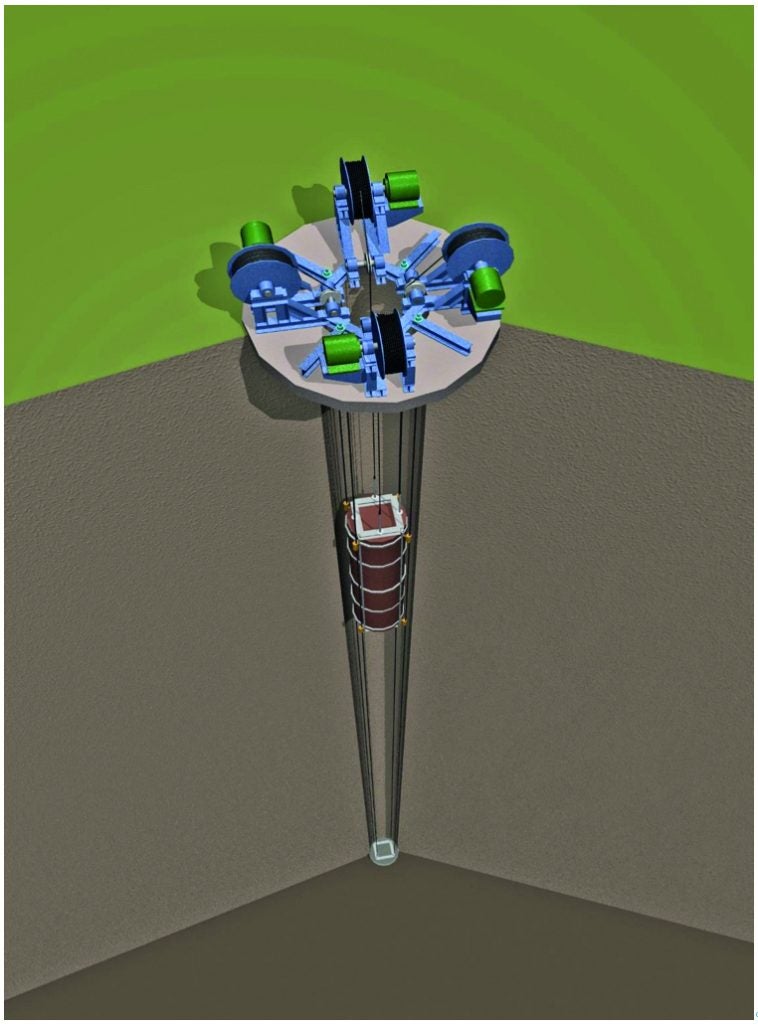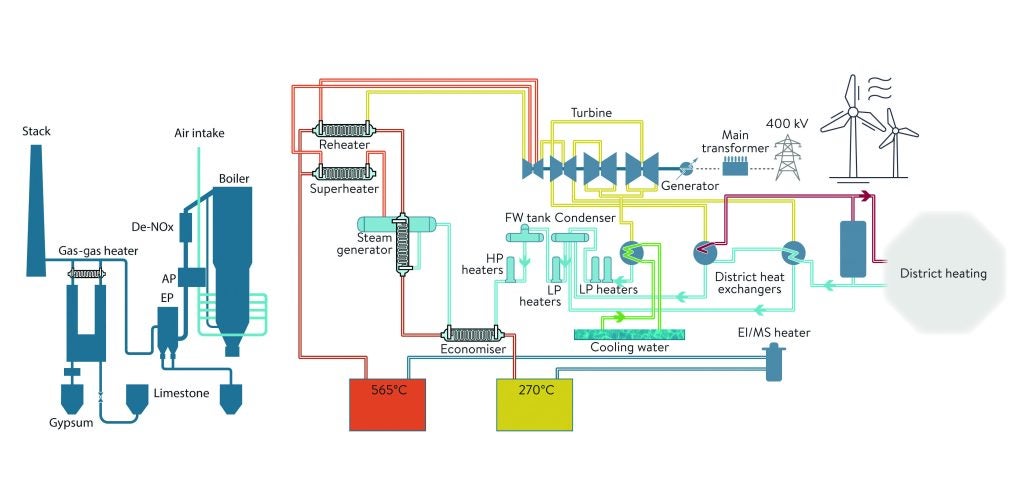
In OECD countries the move away from coal is accelerating following the Paris Agreement to lower greenhouse gas emissions. In a reaction to the loss of Russian gas supplies, the EU seeks to accelerate the change to renewable generation with particular impacts on the eastern European coal industry. The USA is promoting the switch from fossil fuels through its infrastructure legislation, with interim support from low-cost gas supplies. In Asia, although a leader in renewable energy, possessing the greatest capacity of wind and solar power, there is increased reliance on coal which is viewed as strategic. The consequence is that a switch from coal in China, the location of almost all new coal plants, will be delayed as new stations come on-stream; eventually this will present an even greater need to repurpose these assets.
Scrapping and clearance of former coal sites is clearly an option, followed by conventional redevelopment of industrial sites or land restoration. In urban locations, power plant buildings can be redeveloped into shopping malls, offices, art galleries or museums; there are many famous examples including Battersea power station and Tate Modern in London, UK, and the UNESCO Zollverein coal mine industrial complex in Essen, Germany. There is a substantial programme of projects returning mine and power plant sites to farm or parkland. In many cases mining permits are only approved where there is a funded commitment to restoration. Former coal sites have been transformed into biologically significant nature reserves with improved restoration techniques requiring shorter time scales to create new habitats. In the case of ash ponds adjacent to power plants and lakes forming over coal mines, these can be ideal for solar farm projects (Figure 1). The use of mine lakes means improved solar collection as cells are cooled and avoids taking agricultural land.
A power grid can easily accommodate a modest share of wind and solar power, with flexible operation of power plants, but as the proportion rises the non-dispatchable delivery of power becomes more difficult to accept. Power generated may be unwanted while at other times, such as during anticyclones and at night, renewable energy sources can fall short. Also, it doesn’t make sense to operate fossil fuel stations at low efficiency. Thus, as the need for expensive energy storage grows to ensure grid stability as the proportion of renewable energy increases, a new role is emerging for coal mines and repurposed power stations to provide this storage. A suite of new technologies and projects can utilise coal power stations and mines as potentially advantaged sites. There are beneficial options for both mines and power plants that seek to turn disused sites into attractive projects that support the energy transition; these are distinct from opportunities that adapt coal stations to new fuels or install carbon capture technology aimed at maintaining partial or full coal station operation.
Energy storage is a sector set to grow at 30%/y, attracting massive investment that reflects real urgency and poses a major opportunity. Numerous coal facilities are converting to energy storage plants or transforming into multigeneration energy hubs. Repurposing can range from just reusing existing substations and transmission lines to a much more complex mixed generation energy hub that can even incorporate much of a coal station.
Energy storage in disused coal mines
Hydro power based facilities have historically been the dominant technology for energy storage in terms of installed capacity. Reservoirs at two levels with pump/turbine systems gather potential energy during low demand and deliver energy at peak demand. These are expensive systems that require vast excavation but may be partially reproduced in a mine. Similar concepts use compressed air built into a coal mine that avoid the need for large pressure vessels. The storage of hydrogen could also be in vessels located ‘in shaft’ and for enhanced safety, underground storage means a larger volume and pressure, potentially enabling hydrogen fuelling infrastructure.
At depth, water in mines is warmer, a geothermal energy source of increasing interest for district heating schemes; heat pumps can provide a hot water supply. The water in mines tends to remain at constant temperature regardless of the season and can be a heat source or be used for cooling. There is particular interest in closed systems where the temperature of the reservoir can be raised, during summer months and, absorbing waste heat, store thermal energy for the winter. Mine water systems can replace district heating schemes previously supplied by coal stations that strived for high thermal efficiency.

Heat pump systems (see Figure 2) need about a quarter of the electricity required by a comparable direct electric heating installation and are competitive with gas boilers. Mine water is a more reliable heat source than air, and the limitation of modest outlet temperature in original designs has recently been overcome with the introduction of new heat pump fluids possessing higher vaporisation energies. An example is propane (R290), which allows higher hot water temperatures, negating the need to change domestic radiator installations.
Deep mine shafts are suitable for a rapid response gravitational energy system. A novel technology, raising weights during surplus power periods and then lowering them into a shaft, can generate power during shortfalls and store power when in excess, using a combination of winches (mine hoists) and motor-generators, as depicted in Figure 3.

Following successful pilot trials, Gravitricity in partnership with ABB, a mine hoist specialist, is building two 2 MW/4 MWh commercial plants, one at a former copper mine in Finland and a similar system at the 700 m deep Darkov coal mine in Czechia. The technology is also under consideration for mine site applications in Germany and, most recently, in Slovenia, at the currently fully operational Velenje lignite mine (Figure 4).

Systems such as that being developed by Gravitricity, storing surplus power, have the potential to provide instant power at scale, eventually using numerous distributed installations at former mine shafts, offering an alternative to batteries and other quick response storage technologies.
Mixed generation power stations, batteries, hydrogen, and salt storage
Renewable generation combined with storage and a fuelled power plant can supply dispatchable power more reliably than solar and wind alone. In Europe, a generating hub would comprise wind and solar farms, hydrogen electrolysis and battery storage together with a former coal power plant, possibly refuelled with biomass or natural gas. Hydrogen is seen as a desirable fuel to replace fossil fuels in industry, with electrolytic hydrogen installations planned across Europe and the USA. Ideally these hubs would operate to maximise the use of solar and wind power but also allow fuelled stations to operate closer to optimal efficiency, maximising power/CO2, while storing surplus power as hydrogen. In Germany, where development of a series of energy hubs is in progress, the need for hydrogen storage can be reduced by feeding straight into existing pipeline networks, avoiding new leakage points.
In China, mixed generation sites are under development based on a high efficiency coal station, with energy storage provided by batteries and hydrogen intended to permit optimum operation of the total system. The net renewables capacity is designed to match the coal station contribution, so in the latest project, at Ordos, Inner Mongolia, nominal 12 GW of solar and wind is designed to operate with a 4 GW coal power system. China is the international leader in implementing new wind and solar farms, but also intends to use coal, a cheap domestically supplied fuel, and this hub design is intended to lower overall CO2 emissions per MW generated from the whole facility, although it doesn’t eliminate CO2 emissions from coal unless a CCS system is applied.
New battery installations now dominate the energy storage sector, attracting most investment, with the global battery market exceeding $100 billion/y. Locating large battery storage plants at former coal power stations allows use of existing transformers and connectivity to the grid, key barriers to adding new renewable sources. The preferred technology is high energy density lithium, the lightest metal. Lithium is the subject of supply concern and there is considerable research focus on alternate chemistries that can reduce reliance on critical elements. One issue for batteries is that they can only supply power at the 100 MW level for periods of several hours, inadequate to cover prolonged low renewables generation but effective in supporting peak demand. New flow battery plants, located at former power plants, use base metals such as iron and aim to supply lower power levels, typically around 10 MW, but for periods of weeks. They may be ideal for lower density populations.
One high-capacity system that can make use of much of the equipment in an existing coal station, especially the steam turbine installation, is thermal salt energy storage. A hot salt reservoir provides high thermal capacity, with the heat then applied to drive a steam system and turbine, providing energy equivalent to a power plant for up to 12 hours or more. The salt is heated electrically by renewables and can act as a swing power source with a solar farm to maintain supply during the night, see Figure 4.
A hot salt steam system can outperform a battery plant in terms of maximum power supply and duration. This would be especially suitable for repurposing newer installations where expensive sections of a former coal plant, including turbines, can be reassigned for this technology. Originally conceived to augment a coal station, the technology has been re-envisaged as a standalone energy storage system.
The nuclear option
Conventional nuclear stations provide critical dispatchable power, but costs are high, and the scale of 3 to 4 GW doesn’t match regional demand that would complement distributed renewables supply. Compact small modular reactors (SMRs) are seen to bridge the gap with mass production viewed as a route to lower cost nuclear power, as opposed to constructing large one-off bespoke installations. The output of SMRs is typically 400 MW, which matches the capacity of older coal stations and derives an economic benefit by locating at coal plant sites incorporating existing facilities that include cooling systems and grid connectivity. There continues to be concern over radioactive waste, safety, and security. Reactors at 1/10th scale are inherently safer but radioactive waste is assessed as being proportionally greater for small devices. However, there is existing ‘proof of concept’ as SMRs are already deployed in ships and submarines, and electron beam welding methods may reduce reactor cost and improve durability. Where higher output is needed, then sets of four or six SMRs are proposed, as recently in Romania and the UK, but they require bespoke infrastructure.
Prospects
Former coal sites have attractive attributes to support the energy transition, including their location, connectivity and support facilities that can be valuable to new projects. Renewable generation is ironically supported by flexing fossil power plants, but as these are withdrawn then support of electricity grids becomes a pressing issue. The urgent need for energy storage has led to a complete revaluation of former coal sites; former coal mines could offer solutions involving potential energy, using air, water and gravity, as well as geothermal energy based heat pump systems.
Coal stations have valuable grid connections, and the latter are proving to be a key barrier to new renewable energy plants. Coal plant sites can house large battery installations or be developed into energy hubs that even retain the coal boiler, possibly refuelled with natural gas or biomass. Battery installations pose significant demand for critical elements that are in short supply, and alternatives based upon potential energy storage reduce this economic risk. SMR nuclear projects are selecting coal sites for a rapidly developing new dispatchable power industry. Previously, the fate of coal plants was simply to scrap them and for closing mines to commence restoration, but the realisation that there is an urgent need for energy storage and base power generation is changing perceptions.
This article is based on the report Repurposing coal assets by Dr Ian Reid, ICSC/3298, London, UK, International Centre for Sustainable Carbon, 85pp (Oct 2023) available from the ICSC website https://www.sustainable-carbon.org/
Author: Dr Ian Reid, International Centre for Sustainable Carbon (ICSC)


